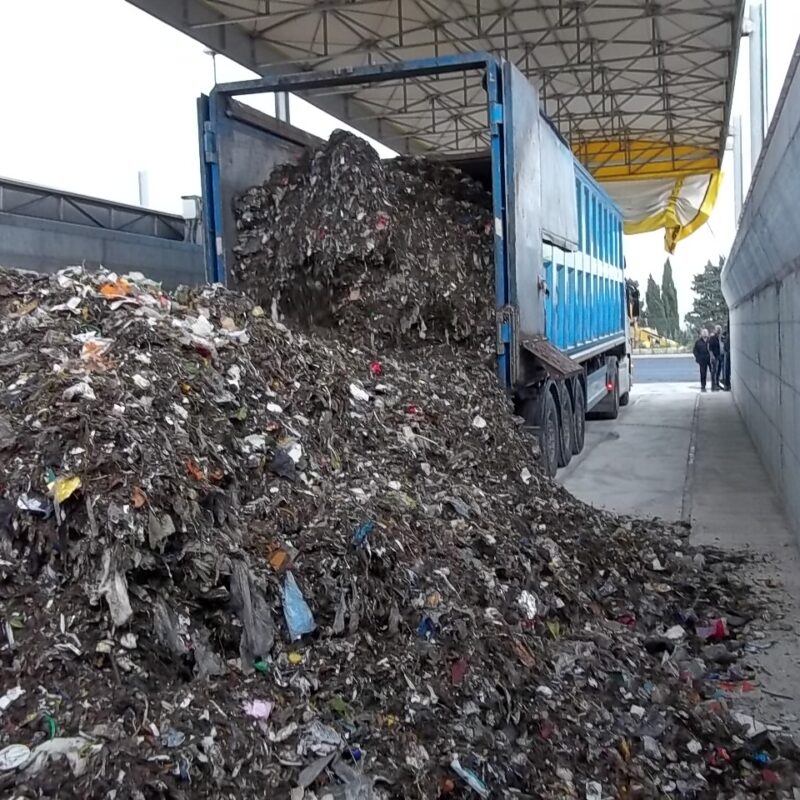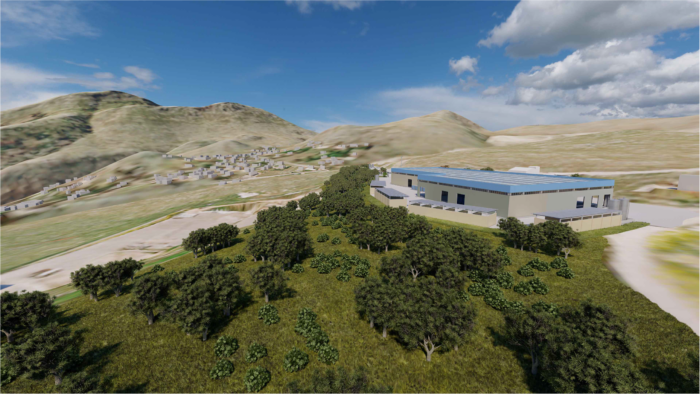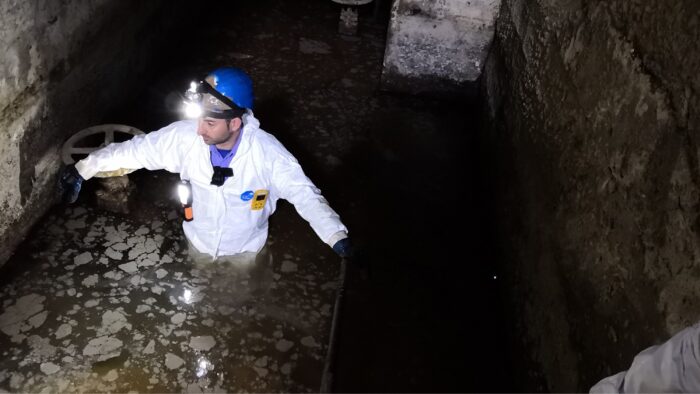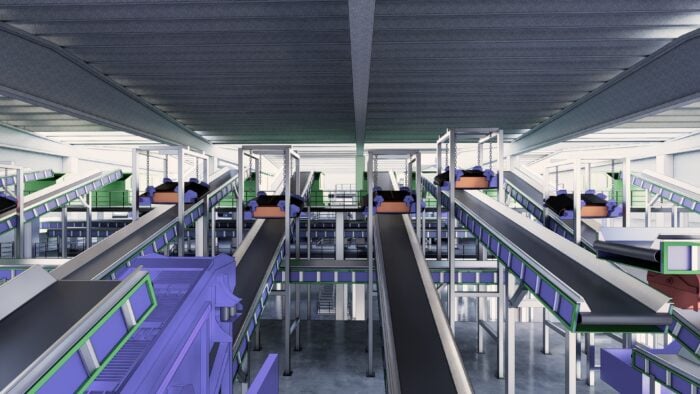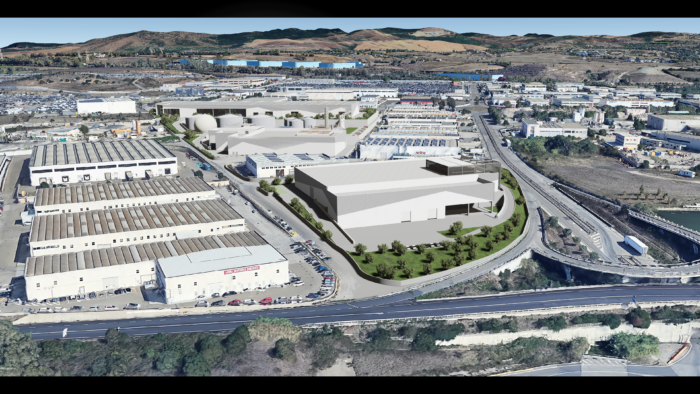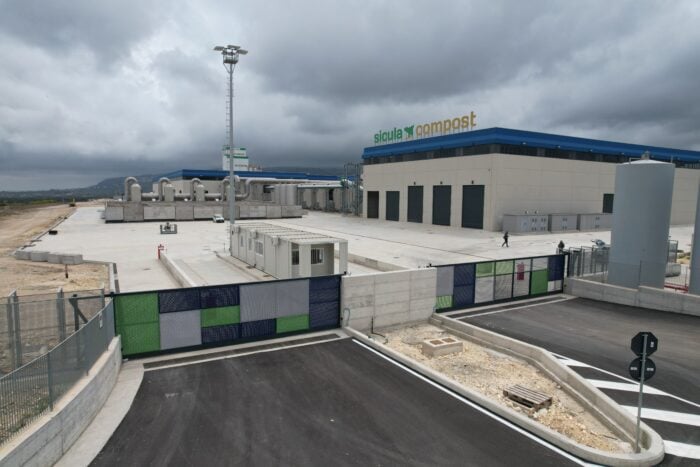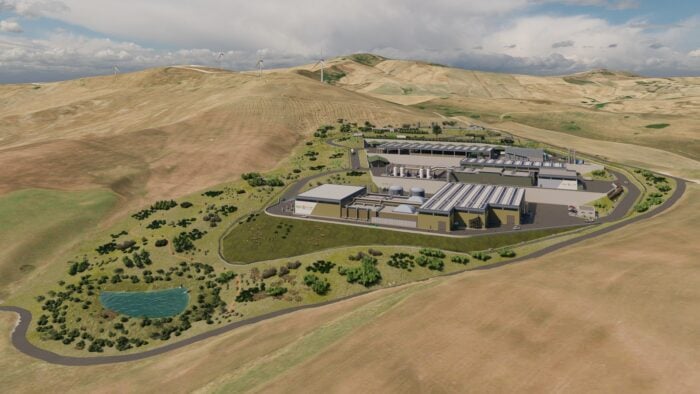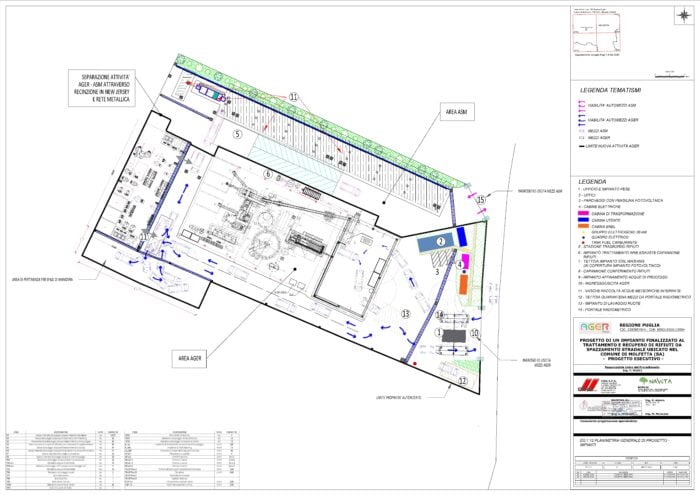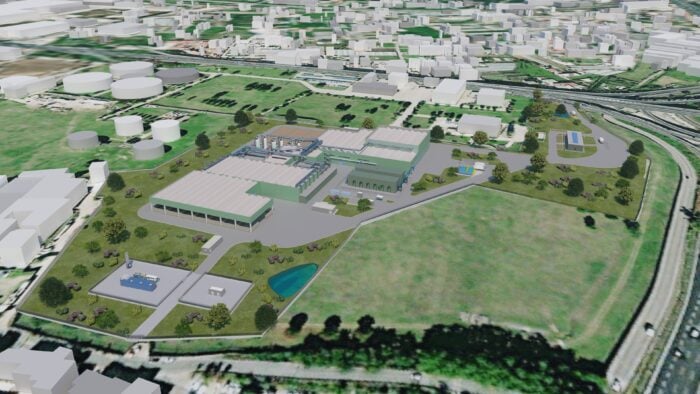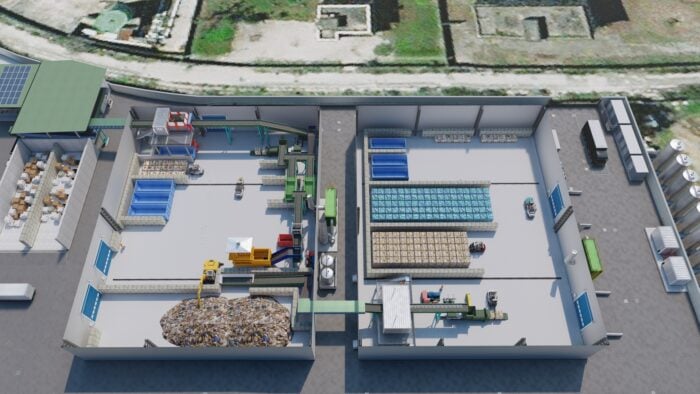The plant operates a biological treatment for stabilizing the organic fraction (also called
“undersize resulting from MSW undifferentiated screening”) from the existing MSW
mechanical treatment plant. This is aimed at producing off-specification compost. The
plant also operates a composting treatment of the organic fraction downstream of
the separate collection of MSW. This is aimed at producing high-quality compost. The
process of biostabilization occurs within 60 concrete lanes with mobile steel coverage
and breathable fabric. The bottom of each lane is provided with a system for the
insufflation of the air that is necessary for the process. The air is uniformly distributed
through five parallel channels, which extend to the entire length of each composting
lane. During the process, temperature, humidity and interstitial oxygen are monitored,
and air insufflation is modulated on the basis of these measured parameters. A
significant aspect is related to the reduction of emissions into the atmosphere:
odorous substances are retained within the lanes by using breathable fabrics. During
the oxidation process of the putrescible fraction, the temperature increases due to the
degradation activity of the microorganisms, and the evaporation of interstitial water
forms a thin film in contact with the cloth itself. Such thin film, together with the small
weaving of the cloth (0.2 μm), constitutes a mechanical barrier against the odorous
molecules. Smaller molecules (O2, CO2, water vapor), instead, are free to transpire.
This prevents approximately 95% of the spores and pathogenic bacteria to be spread
in the air.
The off-specification compost product can be treated as biomass, and thermally
exploited, so as to produce energy that will receive financial incentives when released
into the national network.



